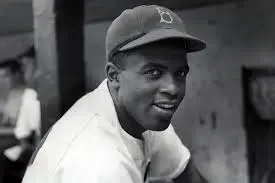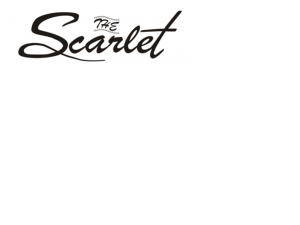Japanese/American – My Common App Essay
December 13, 2019
This essay is the exact Common App essay I submitted for consideration by Harvard College. If you are interested in hearing more about my experiences growing up as an Asian-American military daughter, read my poem “Japan”, which is published in the Hawk’s Tale as well.
The navy beans are my favorite.
Small, plump, and with a creamy seed coat, I pick them first. I gently dive my chopsticks into the bowl brimming with deep red kidney beans, speckled pintos, and split peas to search for the navy beans. Then, I draw in a breath.
Slightly part the chopsticks, lower the wrist, pinch, pressure, lift.
It was a beautiful summer morning when my mother set out to teach me how to use chopsticks. Sunlight was flooding in through the windows and onto the dining table where my mother placed two white bowls. One of them was filled with uncooked beans. The other was empty. She handed me a pair of glossy, wooden chopsticks and smiled.
“Move each one.”
That day, I was eight years old. I turned sixteen before I finally learned how to use chopsticks.
I am Japanese-American, with a neat little hyphen tucked between the two halves. The hyphen is a bridge that extends from one end of the world to the other, a tie that keeps the cultures of my mother and father bound together inside of me. It is a unifier, a connector.
It is also a barrier that keeps the two worlds separate, like the metal gate that ran around the perimeter of my childhood home: U.S. military base Camp Foster. For many years, that metal gate ran halfway through my identity. One half belonged to Okinawa, to my grandparents’ home where I spent humid evenings sitting on tatami mats and staring at the swaying eyes of the kit-cat clock. It belonged to steaming bowls of rice served with buckets of KFC and fizzy, cold Orange Crush, and it belonged to my grandfather, who would take my brother and me out to eat caramel corn and go bowling.
The other half belonged to the pseudo-American paradise of Camp Foster. Rows upon rows of identical houses had single palm trees on their front lawns, seemingly modeled after 1950s suburbs. American flags billowed on every street from the Commissary to the Barracks. In the mornings, the Star Spangled Banner was broadcasted across the entire base, and at night, Taps preceded the anthem. Everyone quieted as the final note of Taps lingered in the air and the last bits of daylight diminished from the horizon. Past the gates of Camp Foster, I could sometimes watch the lush green hills of the island steam with heavy fog and a farmer’s fire.
The contrast of the island’s sunset and the brash anthem every night was one I felt deeply inside. The days spent with my mother’s family in their home were opportunities to learn about my culture, but the hyper-American identity pushed by living on a military base always dominated my identity. I lived on Japanese land, but only by standing on an American floor; I was a visitor to my own culture.
Why did it take me eight years to learn how to use chopsticks? A few minutes after my mother left the table, I gathered handfuls of beans and moved them to the empty bowl. I deflected my mother’s lesson for eight years, not realizing that it was an invitation to learn about my cultural identity. Through reflecting on growing up Japanese-American and learning more about my mother and her parents’ life in Japan, I have become less of a stranger to who I am, and I have begun to appreciate how the worlds on either side of the hyphen have contributed to my perspective and purpose. I sit in a gray-space between two identities, but perhaps much of the world does, as do the world’s problems. If my hands, once accustomed to forks and spoons, can traverse the gray-space and learn to lift a single grain of rice between the ends of wooden chopsticks, then they can one day adapt to and engineer solutions for a world whose problems invariably lie there.






















